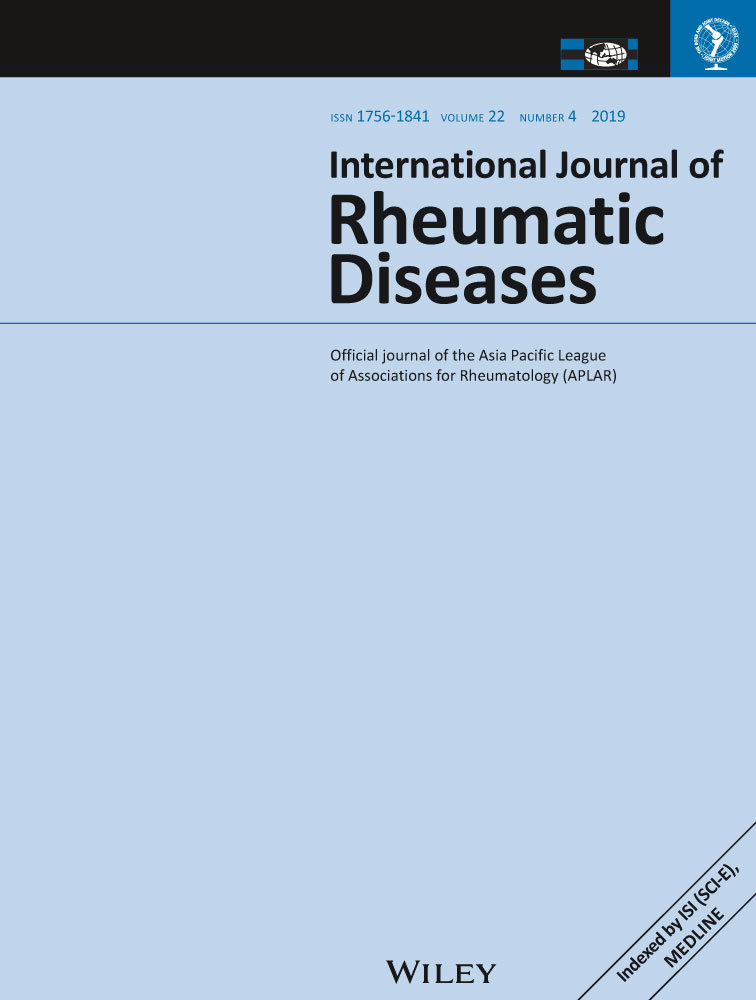An evaluation of the Virtual Monitoring Clinic, a novel nurse-led service for monitoring patients with stable rheumatoid arthritis
Abstract
Objectives
To study clinical and patient reported outcomes for the Virtual Monitoring Clinic (VMC), a remote nurse-led telemonitoring service for monitoring Rheumatoid Arthritis (RA) patients treated with disease-modifying antirheumatic drugs (DMARDs).
Methods
Patients with stable RA enrolled in the VMC were followed up prospectively. The primary outcomes evaluated at 1-year follow-up were: Disease Activity Score-28 (DAS28), Routine Assessment of Patient Index Data 3 (RAPID3), and patient satisfaction assessed using an 11-point Likert scale.
Results
Of the 251 patients enrolled, 186 completed 1-year of follow-up. There was a 2.3% (n = 450) reduction in the annual workload from the rheumatology specialist outpatient clinic as a result of the VMC. Statistically significant improvement was seen in the mean patient satisfaction score (7.70-8.16, P ≤ 0.001), with 61.5% of patients opting for the VMC alternating with rheumatology outpatient clinic visits as their preferred mode of follow-up vis-à-vis standard care. There was a marginal increase in mean DAS28 and RAPID3 scores from 2.56 to 2.78 (P < 0.05) and 5.28 to 6.03 (P < 0.05), respectively. However, given that at 1-year follow-up more than half (72.0% and 63.4% based on DAS28 and RAPID3) of the patients’ disease activity had improved or remained stable, and was in remission or low activity (73.1% and 53.2% based on DAS28 and RAPID3), the VMC seemed to maintain a stable RA disease activity for the majority of patients.
Conclusions
The VMC is an effective and well-accepted novel approach for the management of patients with stable RA.




